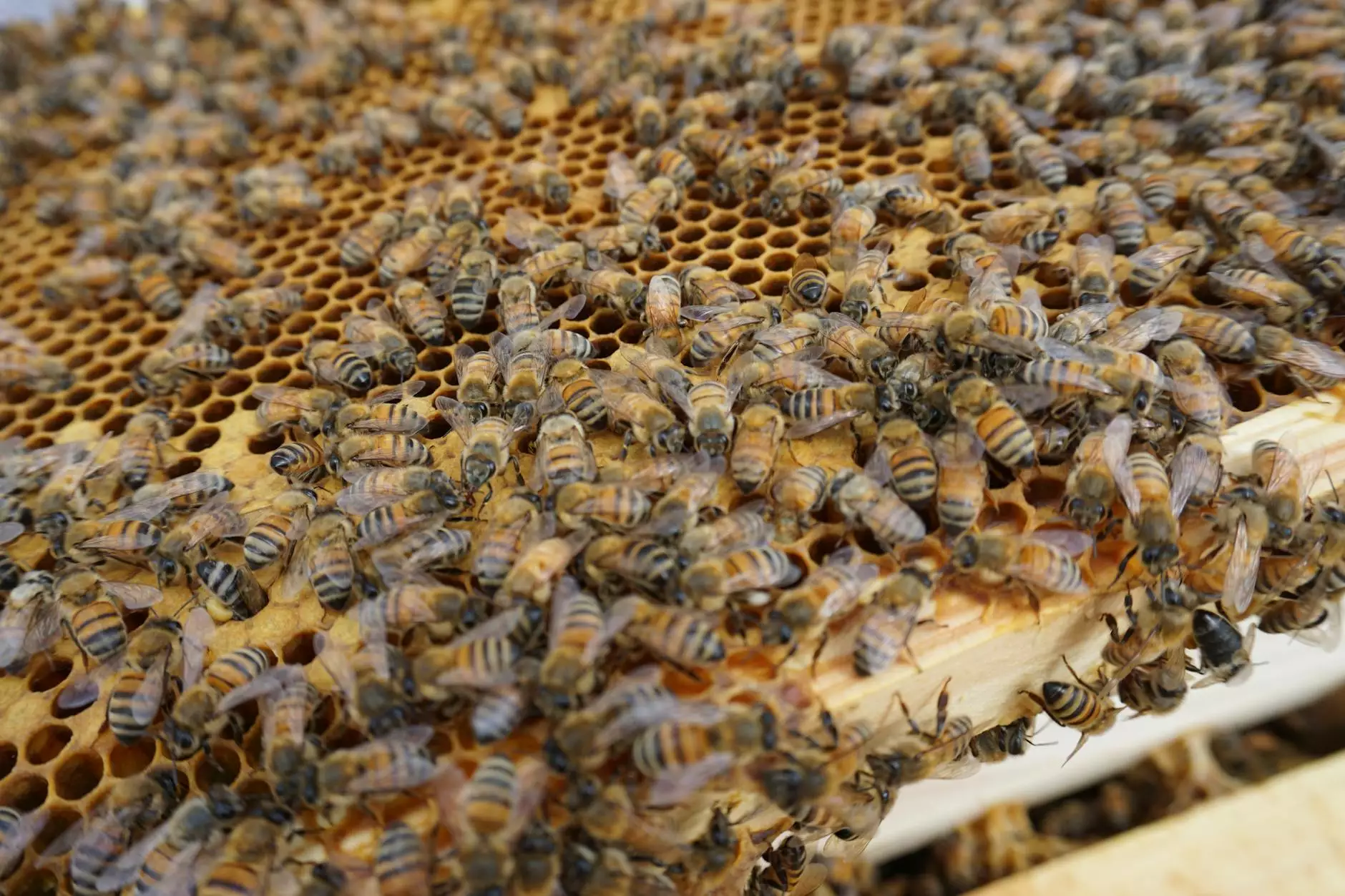How to Store Wheat: Essential Guide for Farmers

Wheat is one of the most widely cultivated and consumed grains in the world, serving as a staple food for millions. As a farmer, understanding how to store wheat properly is crucial not only for maintaining its quality but also for ensuring profitability. In this comprehensive guide, we will explore effective methods and innovative practices for storing wheat, while also considering the tools and equipment that can assist you. Let’s delve into the details.
Understanding the Importance of Wheat Storage
Proper wheat storage is vital for several reasons:
- Preservation of Quality: Proper storage prevents spoilage and deterioration, maintaining the grain's nutritional value.
- Prevention of Pests: Effective storage methods help ward off pests and rodents that can destroy your harvested crop.
- Cost Efficiency: Reducing spoilage means higher profits; efficient storage reduces losses significantly.
- Market Readiness: Storing wheat allows farmers to sell when the market demand and prices are more favorable.
Steps to Safely Store Wheat
Storing wheat requires careful attention to detail. Here are the essential steps you should follow:
1. Harvesting the Wheat
The first step in wheat storage is harvesting. Ensure that your wheat is harvested at the right time, ideally when the moisture content is between 12-14%. This moisture level reduces the risk of grain spoilage during storage. Use modern farming equipment for efficient harvesting.
2. Proper Drying
After harvesting, wheat must be dried to the appropriate moisture content for storage. Excess moisture can lead to mold growth and spoilage. Use grain dryers or natural sunlight, ensuring that the wheat achieves a moisture content below 13% before storage.
3. Cleaning the Wheat
Before storing wheat, it is essential to clean it thoroughly. Remove debris, stones, and damaged grains. Cleaning prevents the growth of pests and diseases. A grain cleaning machine can make this process efficient.
4. Choosing the Right Storage Container
When learning how to store wheat, the choice of storage container is crucial. Options include:
- Bins and Silos: Ideal for large-scale storage. Make sure they are airtight to preserve quality.
- Jute Bags: An economical option for small quantities, but they require a dry environment.
- Metal Containers: Provide robust protection against pests and moisture.
Factors Affecting Wheat Storage
Effective wheat storage isn’t just about the container; several factors must be considered:
Temperature Control
Wheat should ideally be stored at temperatures below 60°F (15°C). High temperatures can lead to increased metabolic activity, resulting in spoilage. Use fans and ventilation systems in silos to regulate temperature.
Moisture Management
As mentioned earlier, keeping moisture content below 13% is vital. Regularly check moisture levels using a moisture meter. Add desiccants or aerate bins when necessary.
Pest Control
Pest management is integral to how to store wheat properly. Implement an integrated pest management system:
- Regular inspection of stored grains.
- Insect traps to monitor activity.
- Using natural repellents such as diatomaceous earth.
Storage Location
The location of your storage facility also plays a significant role. Choose a dry, shaded area away from direct sunlight to prevent overheating and moisture absorption. Facilities should be isolated from potential flood risks.
Innovative Storage Techniques
To stay competitive and maximize your profits, consider adopting innovative wheat storage methods:
1. Controlled Atmosphere Storage
This technique involves regulating the atmosphere within the storage units to create conditions that inhibit pest growth. By controlling the levels of oxygen and carbon dioxide, you can significantly increase the storage life of wheat.
2. Use of Grain Conditioners
Grain conditioners are used to improve the quality of stored wheat. These can help maintain the integrity of the grain by reducing moisture content and preventing spoilage.
3. Smart Storage Solutions
Advanced technology such as IoT sensors can help monitor and control storage conditions in real-time. Sensors can track temperature, humidity, and even pest activity, allowing for timely interventions before issues arise.
Regular Maintenance of Storage Facilities
A well-maintained storage facility is crucial for the longevity of your wheat. Follow these maintenance practices:
- Regular Inspections: Check for signs of moisture, pests, or any wear and tear on containers.
- Cleaning: Ensure that storage spaces are cleaned before any new harvest is stored.
- Equipment Checks: Inspect drying equipment and fans to ensure they are functioning properly.
Common Challenges in Wheat Storage
No process is without challenges. Some common issues include:
- Pest Infestation: Regular monitoring and preventive measures can mitigate this risk.
- Moisture Problems: Overly humid conditions can ruin a whole batch of wheat, necessitating constant vigilance.
- Temperature Fluctuations: Use weather-resistant structures and temperature control measures to combat this challenge.
Conclusion
Mastering how to store wheat is essential for every farmer. By following the outlined techniques and maintaining a vigilant approach to storage practices, you can ensure the longevity and quality of your wheat. The impact of effective storage extends beyond mere preservation; it enhances profitability, market readiness, and sustainability in farming. Invest in the right equipment and strategies, and ensure your wheat remains a valuable asset for years to come.
For more detailed information on farming equipment repairs and innovative farming equipment, visit tsgcinc.com.









